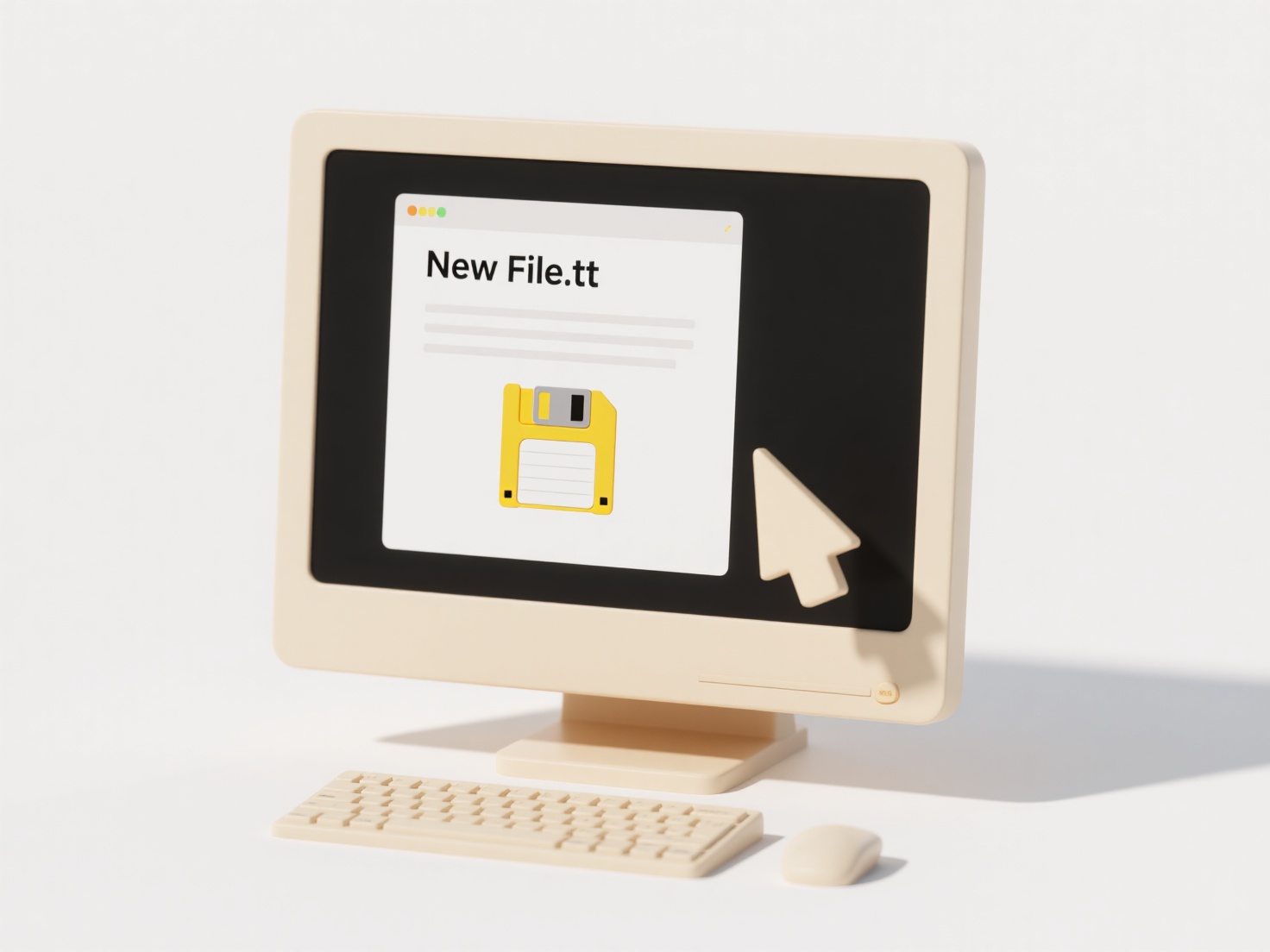
Including department codes in file names (like HR for Human Resources or FIN for Finance) prefixes key organizational information directly onto documents. This method distinguishes files originating from or relevant to specific business units compared to using only descriptive names or relying solely on folder structures. It signals departmental ownership or context at a glance.

For instance, finance teams consistently naming files FIN_Q3_Budget_Approved.docx instantly identify relevant financial documents. Similarly, HR storing all policies as HR_EmployeeHandbook_v2.pdf ensures personnel records are easily grouped and distinguished from other documents, beneficial in cross-functional platforms like SharePoint or shared network drives.
The primary advantage is quicker identification and filtering within large repositories, streamlining searches for departmental work. However, limitations include potential redundancy if files already reside within department-specific folders, reliance on strict user adherence to coding schemes, and inflexibility if organizational structures change (e.g., departmental mergers). Future-proofing requires balancing clarity with maintenance simplicity.
Should I include department codes in file names (e.g., HR, FIN)?
Including department codes in file names (like HR for Human Resources or FIN for Finance) prefixes key organizational information directly onto documents. This method distinguishes files originating from or relevant to specific business units compared to using only descriptive names or relying solely on folder structures. It signals departmental ownership or context at a glance.

For instance, finance teams consistently naming files FIN_Q3_Budget_Approved.docx instantly identify relevant financial documents. Similarly, HR storing all policies as HR_EmployeeHandbook_v2.pdf ensures personnel records are easily grouped and distinguished from other documents, beneficial in cross-functional platforms like SharePoint or shared network drives.
The primary advantage is quicker identification and filtering within large repositories, streamlining searches for departmental work. However, limitations include potential redundancy if files already reside within department-specific folders, reliance on strict user adherence to coding schemes, and inflexibility if organizational structures change (e.g., departmental mergers). Future-proofing requires balancing clarity with maintenance simplicity.
Related Recommendations
Quick Article Links
Can file format manipulation be used for phishing?
File format manipulation involves altering common document types like PDFs, Office files (Word, Excel), or archives (ZIP...
Can I rename engineering drawings with version control?
Version control systems manage drawing revisions by tracking incremental changes within the same master file identifier,...
How do naming conventions differ between cloud and local storage?
Naming conventions for cloud storage prioritize global uniqueness and URI compliance to enable universal access. Unlike ...